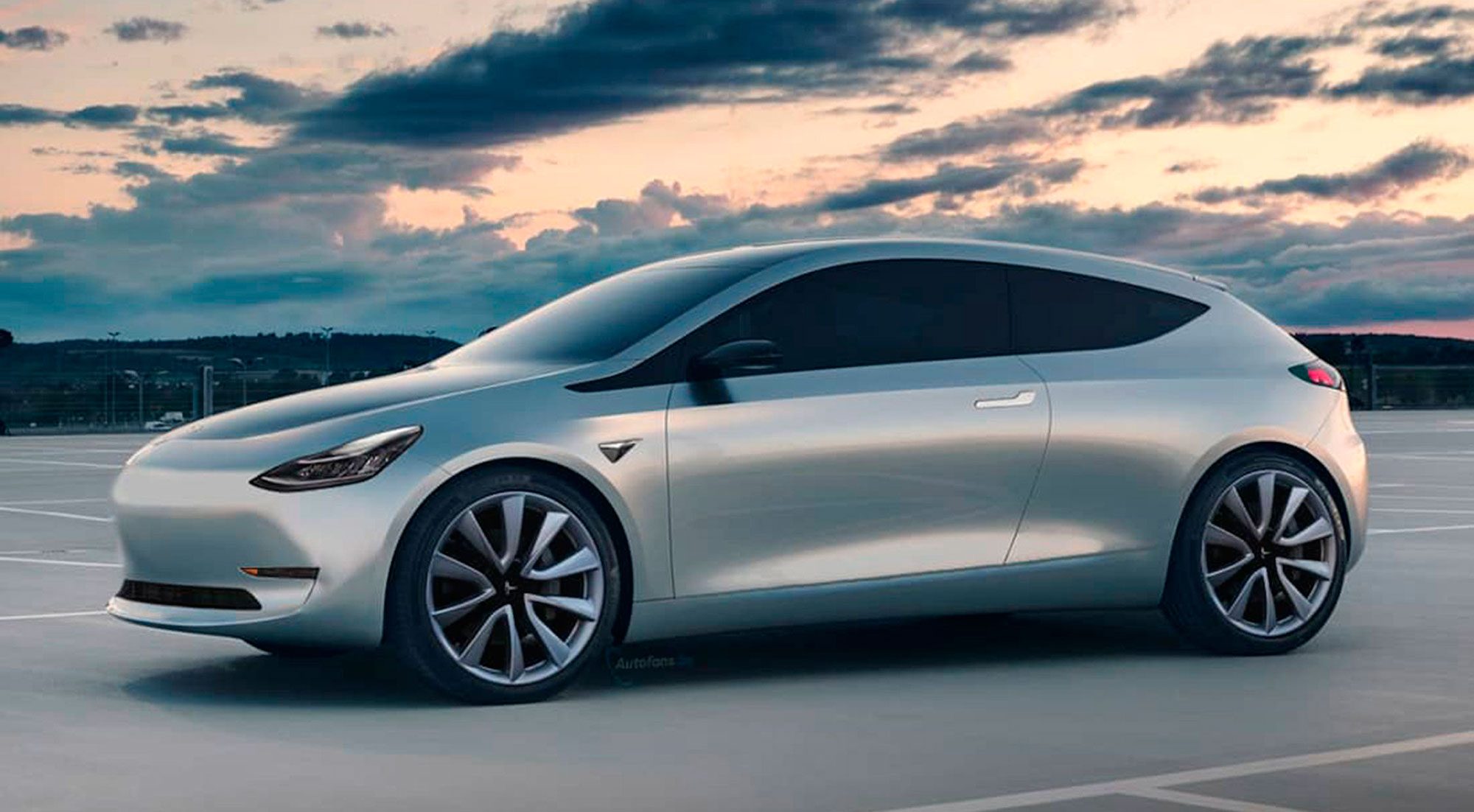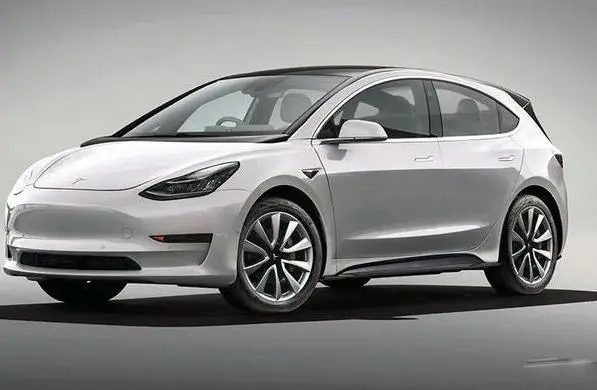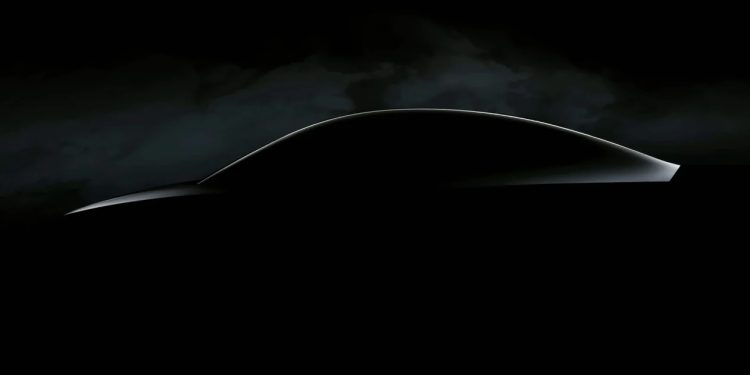Musk says Tesla Model 2 on track for release next year
Words NZ Autocar | Image Drive Tesla
Earlier this year we reported that Tesla’s Model 2 may be under threat. Now it appears that the smallest Tesla or project ‘Redwood’ is scheduled for production in H1 of 2025. And that’s from Tesla’s chief, Elon Musk.

He confirmed this timeline during the company’s latest financial results call. He said “We postponed the Robotaxi product unveil by a couple of months to 10 October. And we’re also going to show off a couple of other things.”
Presentation slides for investors revealed that Tesla’s most affordable model use elements of the company’s next-generation platform. It will also be built on the same production lines as Model Y and 3.
Musk said that this allows the company to grow its vehicle volumes in a more rational manner during uncertain times. And it should permit Tesla to utilise to the full its current production capacity. That’s roughly three million vehicles, up by one million over 2023 production levels.
The idea of the Model 2 is to lower the Tesla entry-level price point. There has still only been one teaser image released thus far, showing a curving roofline like that of Models Y and 3. The overall look is expected to meld aspects of both vehicles, in a more compact shape. It’s expected to rival ICE family hatchbacks and be around 4.4m in length.

Musk said that all the learnings of existing models are going into the small EV. He is hoping to reduce production costs by 50 per cent compared with Model 3 and Y. That will involve increased use of megacasting. In the Model Y it saved 1600 welds compared with Model 3.
Tesla will no doubt use its ‘Unboxed’ manufacturing system to build the new EV, in which major modules are cast and then bolted together, with the sides and roof attached afterwards.
Even without going fully down the ‘Unboxed’ track, the Model 2 could feasibly start at around the £30,000 mark, according to UK’s AutoExpress.
That would put it up against the VW ID.3, MG4 and BYD Atto. It could conceivably match the popularity of the Model Y, the world’s best selling car last year. Ex-Tesla employees reckon it will be cheaper to run than a base Model 3 or Corolla. The motor will not use rare earth materials and the powertrain can operate with any battery chemistry, including LFP to save costs. New ‘cell-to-chassis’ technology evidently saves space and allows for a greater number of cells to be used, compensating for LFP’s lower energy density.
Tesla hopes to increase its 3m vehicle milestone achieved in 2022 to over 100m by 2030. That would mean building another 10 gigafactories.





